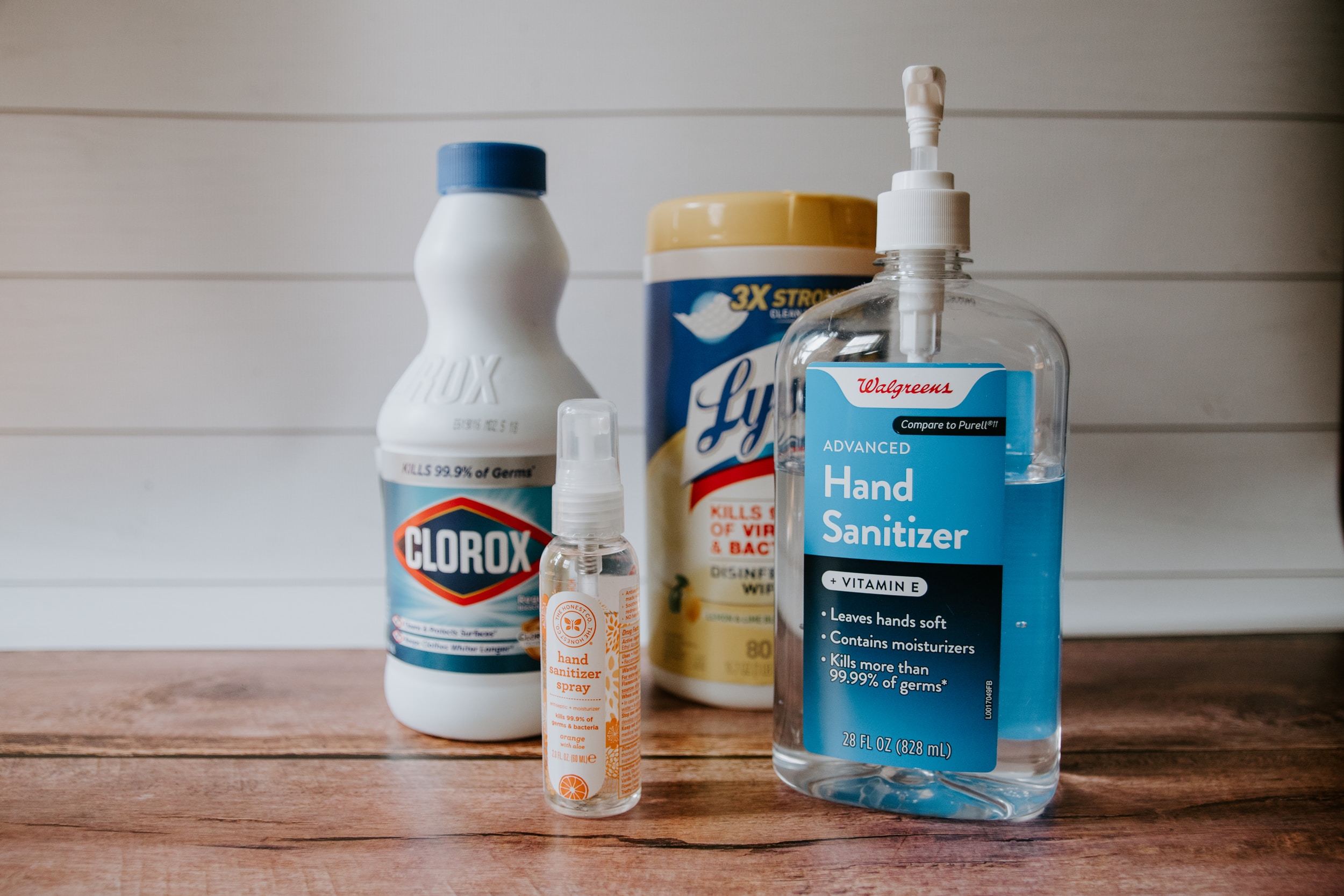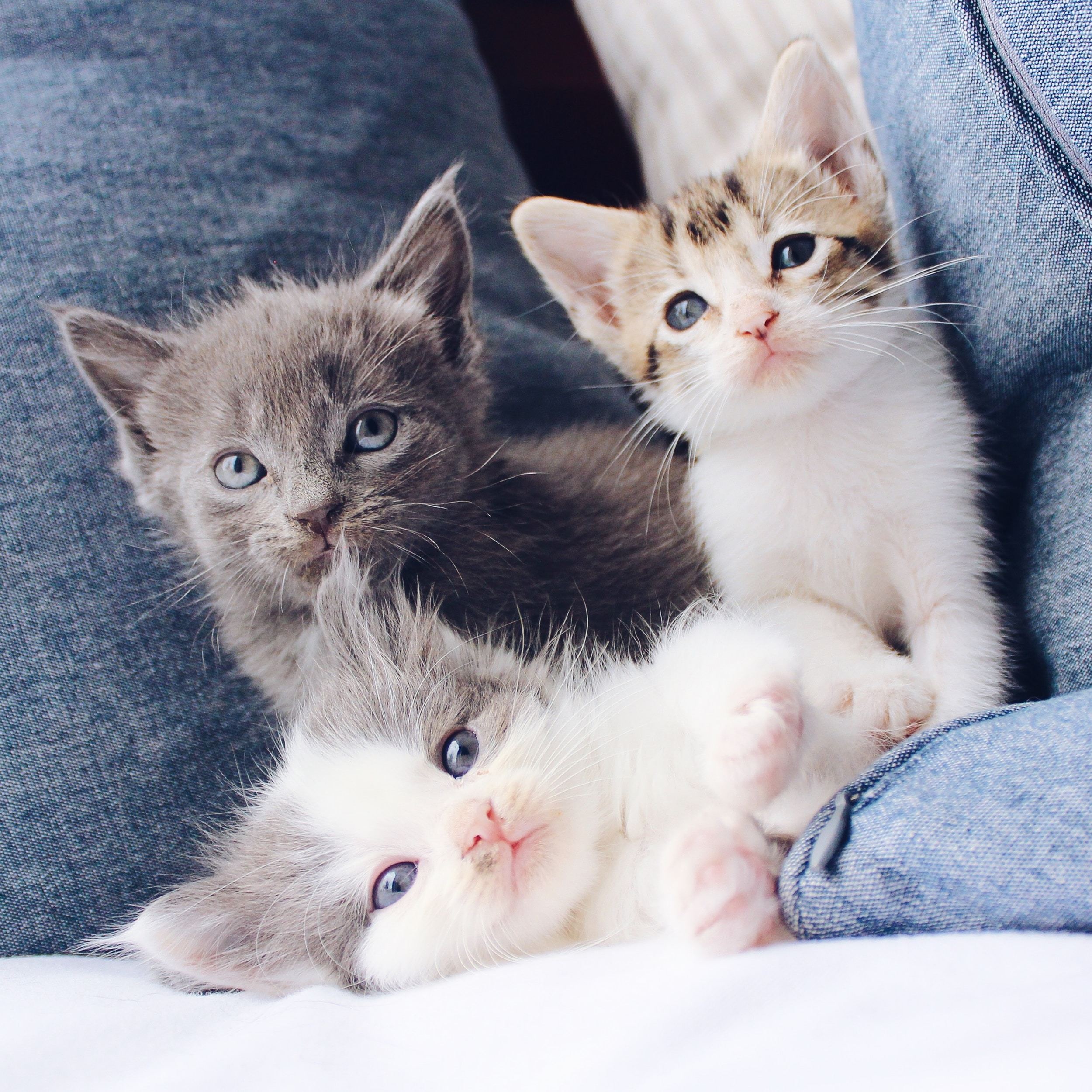Guide to Pet Safety
Ensuring Pet Safety: A Comprehensive Guide for Responsible Pet Parents

Pet ownership can change our lives in so many positive ways making our homes feel complete with the love and loyalty of our furry friends. Being a responsible pet parent involves more than just cuddles and treats. We have a responsibility to keep them safe. This isn’t as easy as it sounds. Many things we do without thinking can be hazardous to our pets. Example, while I always kinda knew you should be careful spraying things around your home (ex. air fresheners and cleaning products) it wasn’t until a friend of a friend almost lost her cat due to plug-in air deodorizers. After that, I took a long hard look at this subject and put together this guide. Included are specifics on toxic plants, recognizing household chemicals that can harm pets and the significance of proper training. Sometimes it’s not ‘things’ that can harm our pets. Consider the importance of keeping cats indoors to guarantee their safety. Whether you're a seasoned pet owner or a new at being a pet parent, this information is essential for those who want to provide the best care for their beloved companions while optimizing their living environments.
- Identifying Toxic Plants: Protecting Your Pets from Harm
Plants add natural beauty to our homes, but not all of them are safe for our pets. Many common indoor and outdoor plants can be toxic to dogs and cats. It is crucial for pet parents to be aware of these plants and ensure they are out of reach or removed from their pet's environment. Some of the most common toxic plants include:
a. Lilies: Lilies are highly toxic to cats and can cause severe kidney damage or even death if ingested. Even a small nibble on the leaves or petals can lead to a veterinary emergency.
b. Azaleas and Rhododendrons: These flowering shrubs contain toxins that can cause vomiting, diarrhea, and even more severe symptoms like heart arrhythmias if ingested by pets.
c. Poinsettias: While not as dangerous as once believed, poinsettias can still cause mild irritation and digestive upset in pets if consumed.
d. Oleander: Oleander is a beautiful but deadly plant. Its toxins can affect the heart, leading to severe health issues or fatality if ingested by pets.
e. Sago Palm: The Sago Palm is highly toxic to both dogs and cats and can result in liver failure and death if ingested. Every part of this plant is poisonous.
f. Philodendron: Philodendrons contain oxalates, which can cause oral irritation, drooling, and difficulty swallowing if chewed on by pets.

- Common household chemicals that can harm pets include:
a. Cleaning Products: Many cleaning products contain chemicals such as bleach, ammonia, and disinfectants that can be toxic if ingested or inhaled by pets.
b. Insecticides: Flea and tick treatments, as well as general insecticides, can be harmful to pets if they come into contact with these chemicals.
c. Antifreeze: Ethylene glycol, found in antifreeze, is highly toxic to pets and can be fatal even in small amounts. Pets are attracted to its sweet taste.
d. Medications: Over the counter and prescription medications should be kept out of reach of pets, as they can be dangerous or deadly if ingested.
e. Plumbing and Automotive Products: Substances like drain cleaners, motor oil, and gasoline are toxic and must be securely stored away from pets.
f. Essential Oils: These oils are present in plug-in air deodorizers, perfumes, and candles. I consider this a ‘sneaky’ toxin because they can be in many places around the home, and we may not even be aware. To ensure the safety of your pets:
- Store household chemicals in locked cabinets or high shelves.
- Safely dispose of unused or expired medications and chemicals.
- If your pet ingests a toxic substance, seek immediate veterinary assistance. You can also call Poison Control and maybe get an antidote.
Noteworthy: I have found using window cleaner with vinegar instead of ammonia to be helpful. Also, I will spray into my rag and wipe instead of spraying it randomly into the air.
Key elements of training for pet safety:
a. Basic Obedience: Teaching your pet basic commands like sit, stay, and come can help you control your pet in potentially dangerous situations, such as near traffic or in crowded areas.
b. House Training: Properly house training your pet reduces the risk of accidents in your home, which can be hazardous to both your pet and your living environment. Crate training is an excellent way to house train and also one of the quickest (see below for more info on crate training).
c. Socialization: Exposing your pet to various people, animals, and environments from a young age can help prevent aggressive or fearful behavior, making them safer and more confident in different situations.
d. Leash Training: Teaching your dog to walk on a leash without pulling is essential for their safety during walks and outings. This is also valuable when walking your dog in areas where other dogs are present.
e. Crate Training: Crate training can be valuable for both safety and comfort, as it provides a secure space for your pet when you can't supervise them.
f. Positive Reinforcement: Reward-based training methods are highly effective and create a positive learning experience for your pet.
Remember that training is an ongoing process, and consistency is key. It's never too late to start training your pet, and seeking the assistance of a professional trainer can be highly beneficial for both you and your furry friend.

- Cats Indoors: A Safety Imperative
While many pet owners allow their cats to roam freely outdoors, there are compelling reasons to consider keeping your feline friends indoors. Indoor cats generally live longer, healthier lives, and they are safe from the various dangers that outdoor environments can pose. Here are some of the key reasons why indoor living is crucial for cat safety:
a. Protection from Traffic: Outdoor cats are at risk of being hit by cars, a leading cause of injury and death among them. Keeping your cat indoors eliminates this danger.
b. Protection from Predators: Cats that go outdoors face the threat of predators such as dogs, coyotes, and other wildlife. These encounters can lead to injuries or even fatalities.
c. Preventing Disease Transmission: Outdoor cats are more susceptible to diseases, including feline leukemia (FeLV) and feline immunodeficiency virus (FIV), which can be spread through fights and contact with infected cats.
d. Reducing Parasite Exposure: Outdoor cats are more likely to encounter parasites like fleas, ticks, and worms. These parasites can pose health risks to your cat and may also affect your home environment.
e. Minimizing Environmental Hazards: Cats may come into contact with toxic plants, chemicals, or hazardous materials outdoors, which can result in poisoning or other health issues.
f. Preventing Lost Cats: Cats allowed outdoors may become lost, leading to emotional distress for both you and your pet. To ensure your indoor cat is happy and healthy:
- Provide plenty of mental and physical stimulation with toys, scratching posts, and interactive play.
- Create safe outdoor experiences by building a cat enclosure or using a leash and harness under supervision.
- Regular veterinary check-ups and vaccinations are essential to maintain your cat's health.
Noteworthy: Per Smithsonian Magazine, domestic cats are responsible for killing over 2 billion birds and 12 billion mammals each year.
Conclusion
As responsible pet parents, ensuring the safety of our furry companions should be a top priority. I hope this guide has been helpful by covering essential aspects of pet safety. By staying informed and taking proactive measures, you can provide a secure and loving environment for your pets, allowing them to thrive and enrich your lives for years to come. Remember, knowledge is power and can go a long way in ensuring our pets have healthy and happy lives.